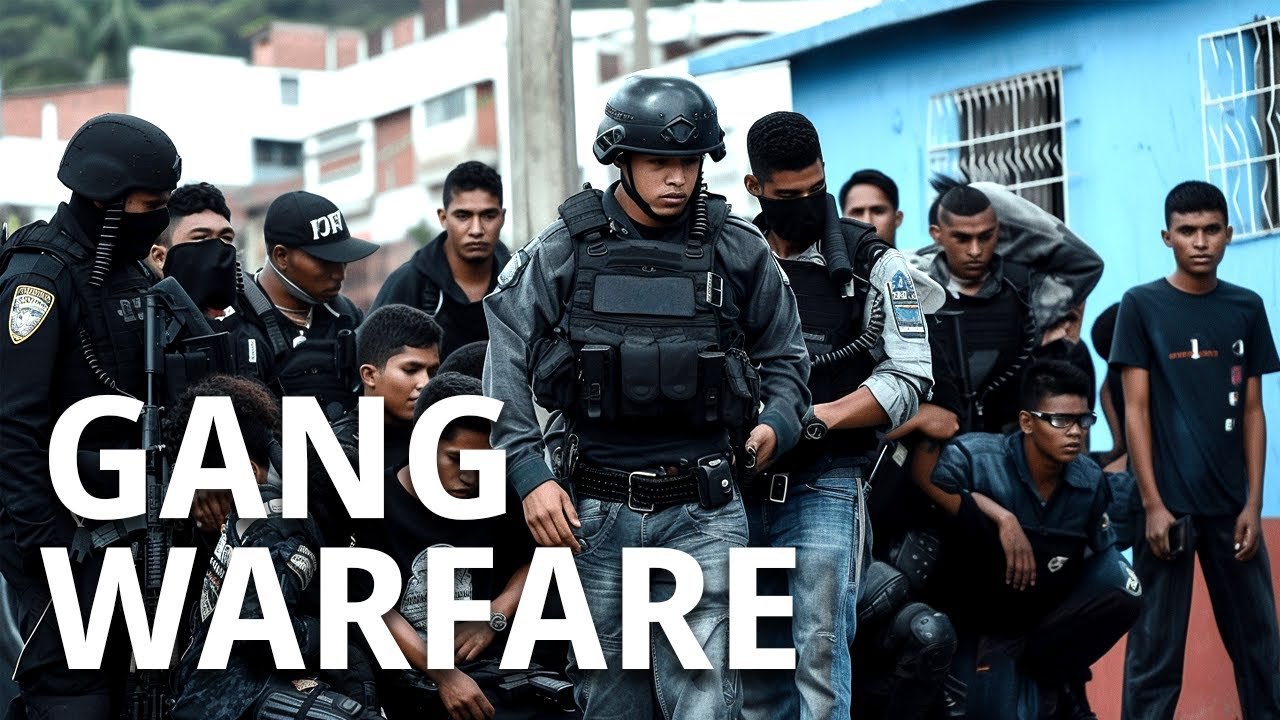- Ecuadorian President Daniel Noboa declared an internal armed conflict in response to increasing violence and gang activity.
- The country has shifted from being a peaceful nation to experiencing high levels of violence, with its homicide rate surpassing that of Venezuela.
- A series of jailbreaks, hostage takings, and gang attacks have paralyzed the nation, highlighting the extent of the crisis.
- The government has implemented a state of emergency, curfews, and authorized the military to use lethal force against gangs, now classified as terrorist organizations.
- Internal factors contributing to the crisis include corruption, the dismantling of security apparatuses, and the mismanagement of the prison system.
- External factors include Ecuador’s geographical position between the world’s largest cocaine producers, Colombia and Peru, and the influx of international crime syndicates exploiting the nation’s strategic location.
- The government’s crackdown has led to the arrest of over a thousand gang members, and the retaking of most prisons that suffered inmate uprisings.
- The future of Ecuador’s battle against gang violence is uncertain, with challenges including funding for security forces and the potential for new gangs to emerge in the power vacuum created by the crackdown.
- Comparisons are drawn between Ecuador’s situation and El Salvador’s successful crackdown on gangs, though significant differences in political and social conditions exist.
- The crisis in Ecuador underscores the complex interplay between local corruption, international drug trafficking, and the challenge of restoring peace in a region plagued by violence.
This summary has been generated by AI.

Leave a Reply